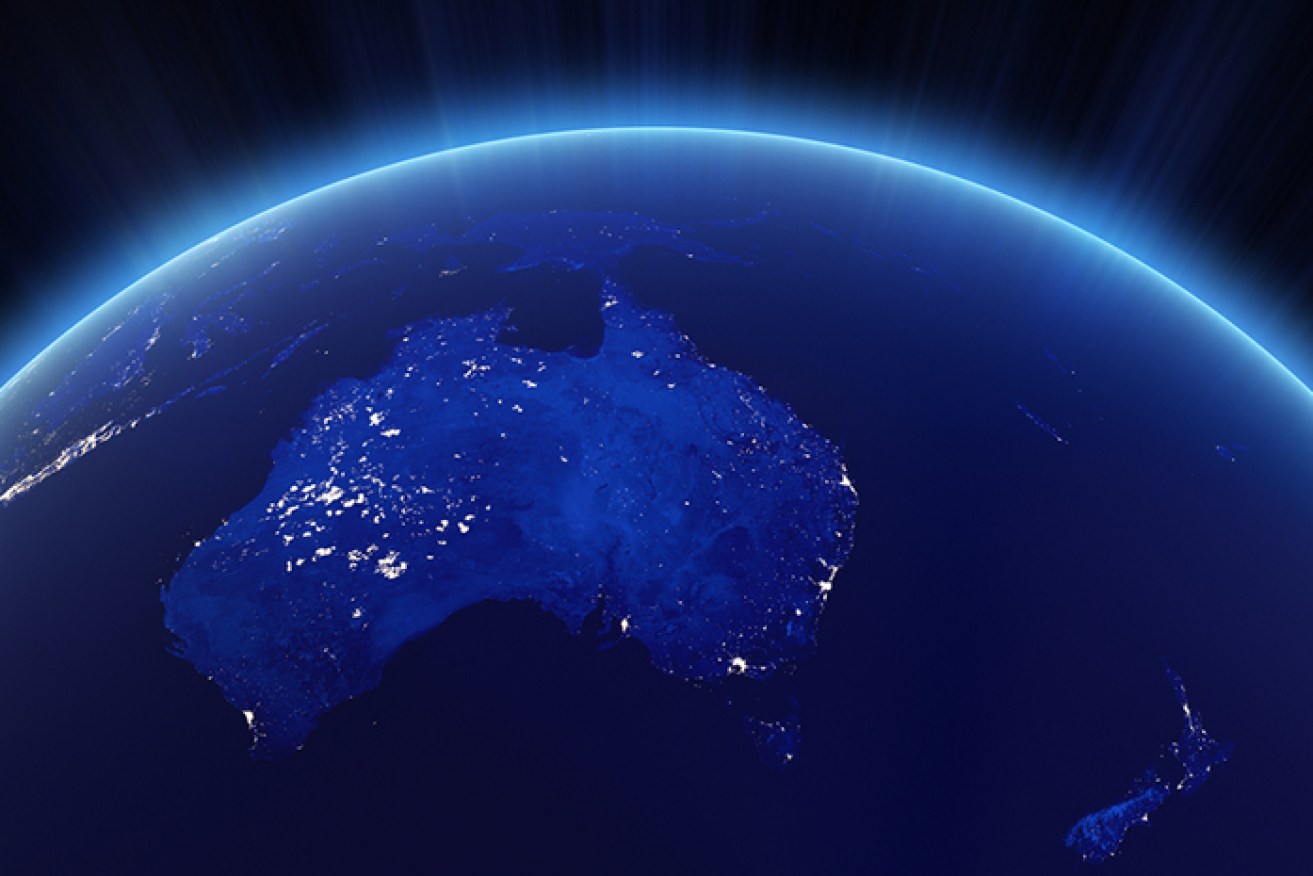Australia’s best and worst economies revealed


Australia has had a killer start to the century.
Since the year 2000, it has grown by 46 per cent and added a massive $491.3 billion in economic output.
But these total figures conceal a less positive story: the vast majority of that growth is concentrated in a handful of locations – mainly skyscraper-heavy CBDs and iron ore-producing regions in Western Australia.
• Is this the end of ‘bigger fool’ economics?
• Why Australia is still the ultimate first-world nation
• How Australia squandered the mining boom
In a new study, PricewaterhouseCoopers (PwC) finds that outside these centres, many of Australia’s 2214 economic locations are in trouble. In particular, the slow demise of manufacturing, the struggling coal industry, and the death of the local shopping street are causing many communities to flag.
In fact, one-third of those 2214 regions actually went into recession in 2014.
But before looking at the struggling locations, here are the regions that are winning.
THE WINNERS
1. Melbourne

Melbourne CBD has killed it thanks to developing Docklands and Southbank. Photo: Shutterstock
It will come as no surprise that the Melbourne and Sydney CBDs lead the way. But what may surprise you is that Melbourne CBD is an easy number one.
Since 2001 the Melbourne CBD, including Docklands and Southbank, has grown by $24.42 billion, up 76 per cent. When you consider that the Sydney CBD only grew by 37 per cent, with an output growth of $18.56 billion, then Melbourne’s growth is even more impressive.
PwC’s director of economics and policy Rob Tyson told The New Daily that Melbourne CBD’s impressive growth is largely down to the rapid development of Southbank and Docklands.
2. Sydney

Sydney CBD has had a slower start to the millenium, but Barangaroo and the Convention Centre are likely to give it another boost. Photo: Shutterstock
Melbourne CBD’s stellar growth may appear to dwarf Sydney CBD’s, but as ever, the devil is in the detail. The ‘Sydney CBD’ does not include North Sydney, Pyrmont-Ultimo, or Macquarie Park. Add these, and Sydney is back in the running again.
The latter two in particular produced some stellar growth. Pyrmont-Ultimo has grown by a massive 173 per cent, with an output increase of $4.97 billion. Macquarie Park, home to Foxtel and Channel Nine, grew by $4.92 billion, or 108 per cent. Much of this growth, according to Mr Tyson, has come at the expense of North Sydney, which has stagnated over the past 14 years.
In other words, Sydney’s economic growth is no longer as CBD-centric as Melbourne’s.
3. Pilbara

Iron ore saved us from the GFC, but the glory days are over, for now at least. Photo: Shutterstock
Let’s face it: it was probably iron ore, not Kevin Rudd, that saved Australia from the GFC. And PwC’s findings support that. The third- and fourth-fastest growing locations in Australia over the past 14 years were East Pilbara and Ashburton, both in mining regions in north-west WA. With combined growth of $34.45 billion growth, they thrash Sydney and Melbourne CBDs easily.
And to give you a sense of just how absurdly epic the mining boom was, check these figures out: between 2001 and 2014, East Pilbara’s output grew by 776 per cent, while Ashburton’s grew by 611 per cent.
4. Perth, Brisbane, Adelaide
As the big business centre nearest the WA mines, Perth has benefitted from the mining boom, making it the third-fastest growing CBD in Australia. Between 2001 and 2014 its output grew by $12.19 billion, or 73 per cent. Brisbane was not far behind, with a 72 per cent output increase of $10.15 billion. Adelaide has Australia’s fifth-fastest growing CBD, with output of $4.82 billion – a 43 per cent rise.
THE LOSERS
1. Nanango (QLD)

Coal is in serious trouble, no matter what they write in the Australian Financial Review.
You may have heard mutterings that the coal industry is in big trouble, and here is further evidence. The economy of Nanango, which lies 200 kilometres north-west of Brisbane, is reliant on coal mining and coal-fired power generation. Since 2001 its economic output has fallen 61 per cent, or $1.22 billion, making it the worst performing location in Australia.
2. The Latrobe Valley (Vic)

And it’s not just coal mines. Coal-fired power stations are also running into trouble. Photo: AAP
The coal-mining and energy-generating regions of the Latrobe Valley also took a hammering. Churchill was the second-worst-performing location in Australia, shrinking by $1.19 billion, or 21 per cent. It was closely followed by Moe-Newborough, also in the Latrobe Valley, which shrank by $452 million (20 per cent).
Mr Tyson said that falling coal prices and readier access to energy alternatives have hit the coal industry hard. However, he said the Latrobe Valley communities have weathered the downturn, mainly because the economy was already well diversified.
3. Western Sydney

West, where the majority of Sydneysiders live. Photo: Shutterstock
Sydney as a whole may be growing – driven by whatever goes on in all those skyscrapers – but go out to the old industrial centres of Western Sydney, and the story is rather different. The slow death of Australian manufacturing is hitting these areas hard.
Condell Park, for example, is the fourth-worst-performing location in Australia, shrinking by $401 million, or 20 per cent since 2001. Weatherill Park is close behind, shrinking by $249 million, or 10 per cent. PwC put the decline down largely to the “erosion of traditional Australian manufacturing and the flow on effects this has had to the associated trade and transport services within the location”.
4. Southern Brisbane
The suburbs of Mount Gravatt and Sunnybank in Brisbane’s south are the next poorest performers, shrinking by $152 million and $127 million respectively. Their decline, according to PwC, is to do with the decline of the local shopping street.
“Strong growth in major shopping centres and ‘big box’ retail in surrounding suburbs has drawn retail and service activities out of these suburbs towards the larger areas of specialisation. This is another example of economic activity within Australia becoming more concentrated around certain locations, albeit on a suburb by suburb level,” PwC writes.








